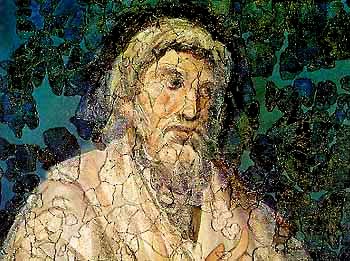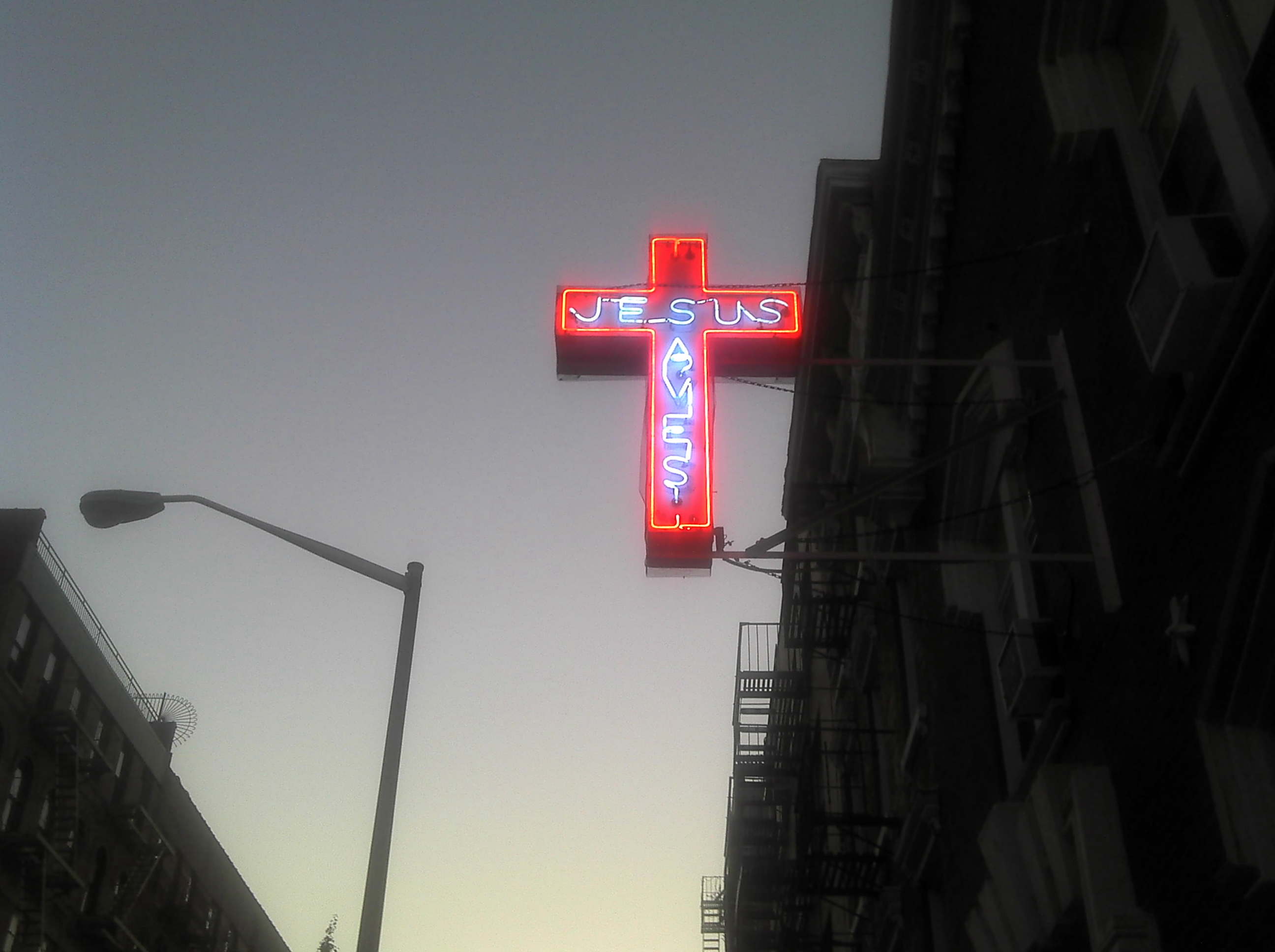|
Second Death
The second death is an eschatological concept in Judaism, Christianity, and Mandaeism related to punishment after a first/initial death on Earth. Judaism Although the term is not found in the Hebrew Bible (the Canonical collection of Hebrew scriptures), Harry Sysling, in his study (1996) of (Hebrew; " the resurrection of the dead") in the Palestinian Targums, identifies a consistent usage of the term "second death" in texts of the Second Temple period and early rabbinical writings. In most cases, the "second death" is identical with the judgment, following the resurrection, in Gehinnom at the Last Day. Targum Deuteronomy In Targum Neofiti (Neof.) and the fragments (FTP and FTV), on the verse Deutoronomy 33:6, the "second death" is "the death that the wicked die." Targum Isaiah Targum Isaiah has three occurrences. The first is 22:14, where the Aramaic paraphrases the Hebrew as "This sin will not be forgiven you until you die the second death." The final two examples are from T ... [...More Info...] [...Related Items...] OR: [Wikipedia] [Google] [Baidu] |
Eschatology
Eschatology (; ) concerns expectations of the end of the present age, human history, or of the world itself. The end of the world or end times is predicted by several world religions (both Abrahamic and non-Abrahamic), which teach that negative world events will reach a climax. Belief that the end of the world is imminent is known as apocalypticism, and over time has been held both by members of mainstream religions and by doomsday cults. In the context of mysticism, the term refers metaphorically to the end of ordinary reality and to reunion with the divine. Various religions treat eschatology as a future event prophesied in sacred texts or in folklore. The Abrahamic religions maintain a linear cosmology, with end-time scenarios containing themes of transformation and redemption. In later Judaism, the term "end of days" makes reference to the Messianic Age and includes an in-gathering of the exiled Jewish diaspora, the coming of the Messiah, the resurrection of the righte ... [...More Info...] [...Related Items...] OR: [Wikipedia] [Google] [Baidu] |
David Kimhi
''Cervera Bible'', David Qimhi's Grammar Treatise David Kimhi ( he, ר׳ דָּוִד קִמְחִי, also Kimchi or Qimḥi) (1160–1235), also known by the Hebrew acronym as the RaDaK () (Rabbi David Kimhi), was a medieval rabbi, biblical commentator, philosopher, and grammarian. Early life Kimhi was born in Narbonne, a city in southern France in the Occitania region, the youngest son of Rabbi Joseph Kimhi and the brother of Rabbi Moses Kimhi, both also biblical commentators and grammarians. Kimhi was raised by his older brother Moses following the untimely death of their father. Later, he supported himself by teaching Talmud to the young. He was well versed in the whole range of Hebrew literature, and became the most illustrious representative of his name. Works of the Kimhi family were underwritten by the Ibn Yahya family of Lisbon, Portugal. Rabbinic career and scholarship Kimhi saw himself primarily as a compiler and summarizer. As a noted Hebrew grammarian, his book ''Mi ... [...More Info...] [...Related Items...] OR: [Wikipedia] [Google] [Baidu] |
Lactantius
Lucius Caecilius Firmianus Lactantius (c. 250 – c. 325) was an early Christian author who became an advisor to Roman emperor, Constantine I, guiding his Christian religious policy in its initial stages of emergence, and a tutor to his son Crispus. His most important work is the ''Institutiones Divinae'' ("The Divine Institutes"), an apologetic treatise intended to establish the reasonableness and truth of Christianity to pagan critics. He is best known for his apologetic works, widely read during the Renaissance by humanists, who called Lactantius the "Christian Cicero". Also often attributed to Lactantius is the poem '' The Phoenix'', which is based on the myth of the phoenix from Egypt and Arabia. Though the poem is not clearly Christian in its motifs, modern scholars have found some literary evidence in the text to suggest the author had a Christian interpretation of the eastern myth as a symbol of resurrection. Biography Lactantius was of Punic or Berber origin, born in ... [...More Info...] [...Related Items...] OR: [Wikipedia] [Google] [Baidu] |
Resurrection Of The Dead
General resurrection or universal resurrection is the belief in a resurrection of the dead, or resurrection from the dead ( Koine: , ''anastasis onnekron''; literally: "standing up again of the dead") by which most or all people who have died would be resurrected (brought back to life). Various forms of this concept can be found in Christian, Islamic, Jewish, Samaritanism and Zoroastrian eschatology. Rabbinic Judaism and Samaritanism There are three explicit examples in the Hebrew Bible of people being resurrected from the dead: * The prophet Elijah prays and God raises a young boy from death (1 Kings 17:17–24) * Elisha raises the son of the Shunammite woman (2 Kings 4:32–37); this was the very same child whose birth he previously foretold (2 Kings 4:8–16) * A dead man's body that was thrown into the dead Elisha's tomb is resurrected when the body touches Elisha's bones (2 Kings 13:21) While there was no belief in personal afterlife with reward or punishment in J ... [...More Info...] [...Related Items...] OR: [Wikipedia] [Google] [Baidu] |
Salvation In Christianity
In Christianity, salvation (also called deliverance or redemption) is the "saving fhuman beings from sin and its consequences, which include death and separation from God In monotheistic thought, God is usually viewed as the supreme being, creator, and principal object of faith. Swinburne, R.G. "God" in Honderich, Ted. (ed)''The Oxford Companion to Philosophy'', Oxford University Press, 1995. God is typically ..." by Christ's death and Resurrection of Jesus, resurrection, and the Justification (theology), justification following this salvation. While the idea of Jesus' death as an atonement for human Christian views on sin, sin was recorded in the Christian Bible, and was elaborated in Pauline epistles, Paul's epistles and in the Gospels, Paul the Apostle, Paul saw the faithful redeemed by participation in Jesus' death and rising. Early Christians regarded themselves as partaking in a New Covenant, new covenant with God, open to both Jews and Gentiles, through the sacr ... [...More Info...] [...Related Items...] OR: [Wikipedia] [Google] [Baidu] |
Christian Eschatology
Christian eschatology, a major branch of study within Christian theology, deals with "last things". Such eschatology – the word derives from two Greek roots meaning "last" () and "study" (-) – involves the study of "end things", whether of the end of an individual life, of the end of the age, of the end of the world, or of the nature of the Kingdom of God. Broadly speaking, Christian eschatology focuses on the ultimate destiny of individual souls and of the entire created order, based primarily upon biblical texts within the Old and New Testaments. Christian eschatology looks to study and discuss matters such as death and the afterlife, Heaven and Hell, the Second Coming of Jesus, the resurrection of the dead, the rapture, the tribulation, millennialism, the end of the world, the Last Judgment, and the New Heaven and New Earth in the world to come. Eschatological passages appear in many places in the Bible, in both the Old and New Testaments. Many extra-biblical exam ... [...More Info...] [...Related Items...] OR: [Wikipedia] [Google] [Baidu] |
Book Of Revelation
The Book of Revelation is the final book of the New Testament (and consequently the final book of the Christian Bible). Its title is derived from the first word of the Koine Greek text: , meaning "unveiling" or "revelation". The Book of Revelation is the only apocalyptic book in the New Testament canon. It occupies a central place in Christian eschatology. The author names himself as simply "John" in the text, but his precise identity remains a point of academic debate. Second-century Christian writers such as Papias of Hierapolis, Justin Martyr, Irenaeus, Melito of Sardis, Clement of Alexandria, and the author of the Muratorian fragment identify John the Apostle as the "John" of Revelation. Modern scholarship generally takes a different view, with many considering that nothing can be known about the author except that he was a Christian prophet. Modern theological scholars characterize the Book of Revelation's author as "John of Patmos". The bulk of traditional sources ... [...More Info...] [...Related Items...] OR: [Wikipedia] [Google] [Baidu] |
New Testament
The New Testament grc, Ἡ Καινὴ Διαθήκη, transl. ; la, Novum Testamentum. (NT) is the second division of the Christian biblical canon. It discusses the teachings and person of Jesus, as well as events in first-century Christianity. The New Testament's background, the first division of the Christian Bible, is called the Old Testament, which is based primarily upon the Hebrew Bible; together they are regarded as sacred scripture by Christians. The New Testament is a collection of Christian texts originally written in the Koine Greek language, at different times by various authors. While the Old Testament canon varies somewhat between different Christian denominations, the 27-book canon of the New Testament has been almost universally recognized within Christianity since at least Late Antiquity. Thus, in almost all Christian traditions today, the New Testament consists of 27 books: * 4 canonical gospels (Matthew, Mark, Luke, and John) * The Acts of the Apostl ... [...More Info...] [...Related Items...] OR: [Wikipedia] [Google] [Baidu] |
Gilgul Neshamot
Gilgul (also Gilgul neshamot or Gilgulei HaNeshamot; Heb. , Plural: ''Gilgulim'') is a concept of reincarnation or "transmigration of souls" in Kabbalistic esoteric mysticism. In Hebrew, the word ''gilgul'' means "cycle" or "wheel" and ''neshamot'' is the plural for "souls." Souls are seen to cycle through lives or incarnations, being attached to different human bodies over time. Which body they associate with depends on their particular task in the physical world, spiritual levels of the bodies of predecessors and so on. The concept relates to the wider processes of history in Kabbalah, involving cosmic Tikkun (Messianic rectification), and the historical dynamic of ascending Lights and descending Vessels from generation to generation. The esoteric explanations of ''gilgul'' were articulated in Jewish mysticism by Isaac Luria in the 16th century, as part of the metaphysical purpose of Creation. History in Jewish thought Belief in reincarnation among Jewish mystics firs ... [...More Info...] [...Related Items...] OR: [Wikipedia] [Google] [Baidu] |
Bahya Ben Asher
Bahya ben Asher ibn Halawa (, 1255–1340) was a rabbi and scholar of Judaism, best known as a commentator on the Hebrew Bible. He is one of two scholars now referred to as Rabbeinu Behaye, the other being philosopher Bahya ibn Paquda. Biography ''Rabbeinu Behaye'' was a pupil of Rabbi Shlomo ibn Aderet (the ''Rashba''). Unlike the latter, Bahya did not publish a Talmud commentary; he is, however, considered by Jewish scholars to be one of the most distinguished of the biblical exegetes of Spain. He "discharged with zeal" the duties of a ''darshan'' (Hebrew for "expounder") in his native city of Zaragoza, sharing this position with several others. Works Bahya's principal work is his commentary on the Torah (the five books of Moses), but he is also known for others, especially ''Kad ha-Kemah''. Torah commentary The commentary on the Torah - "מדרש רבינו בחיי על התורה " - enjoyed much favor, as attested to by the numerous supercommentaries published on it (n ... [...More Info...] [...Related Items...] OR: [Wikipedia] [Google] [Baidu] |
Maimonides Heritage Center
The Maimonides Heritage Center (MHC) (Hebrew: מרכז מורשת הרמב"ם) is an educational and cultural non-profit organization in the Israeli city of Tiberias. Established in 2003 by Rabbi Yamin Levy, it works to disseminate the teachings and worldview of Maimonides to the general public. The main attraction is the Setton Family Hospitality Center, a small museum and study hall. Establishment In 2003, Rabbi Yamin Levy and a group of friends visited Maimonides' tomb (''kever''), and discovered a dilapidated building alongside. This building had become a drug hangout, garbage dump, and was full of graffiti. The group decided that this was inappropriate next to the grave of a scholar like Maimonides, and made plans to create a center of study, tourism, and education, worthy of Maimonides' legacy. The building was purchased, and in 2009, after extensive renovations, the Setton Family Hospitality Center opened to the public. Setton Family Hospitality Center The Setton Fam ... [...More Info...] [...Related Items...] OR: [Wikipedia] [Google] [Baidu] |







